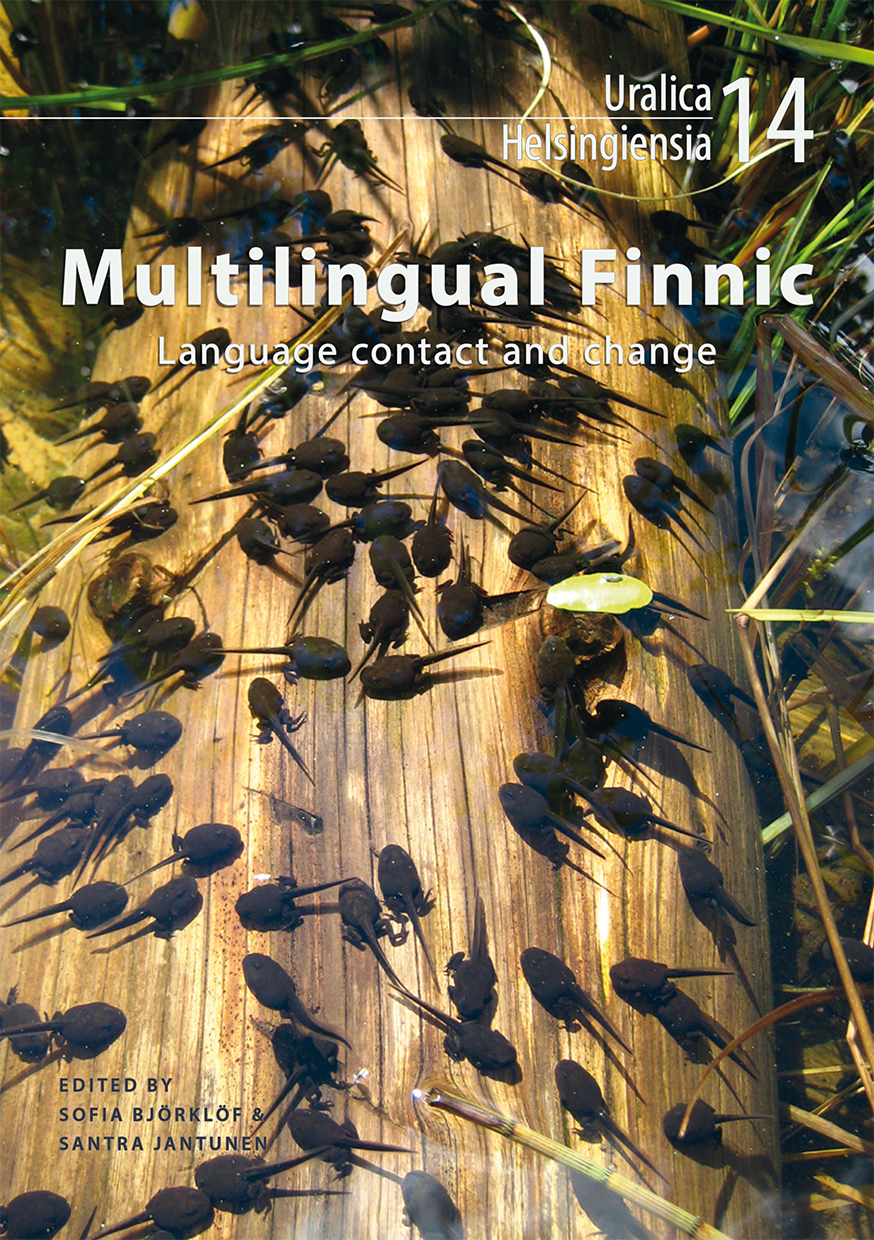On the use of perfect and pluperfect in Estonian dialects
Frequency and language contacts
DOI:
https://doi.org/10.33341/uh.85035Avainsanat:
compound tenses, perfect, pluperfect, Estonian dialects, frequency, corpus-based dialectology, language contactsAbstrakti
The present paper examines the use of two compound tenses – perfect and pluperfect – in Estonian. Perfect and pluperfect have emerged due to the influence of the Baltic and Germanic languages and are used frequently in Estonian. However, while looking at the usage frequency derived from the Corpus of Estonian Dialects, dialect areas display remarkable differences, which can be explained either by local language contacts with Swedish, Russian, Latvian, and Finnic languages (Votic, Ingrian, and Finnish) or by functional differences in the use of compound tenses. It appears that there are two main regions where the compound tenses are used more often compared to other areas: the Insular dialect and Mulgi dialect regions. The increase of compound tenses in the Insular dialect could be a result of contacts with Swedish. However, the Insular dialect also exhibits a high number of negated utterances using the perfect reflecting changes in the formation of negation more generally in this area. The Mulgi dialect shows a high number of pluperfect forms that can be related to the abundance of reported narratives in the data, but also as an increase of using pluperfect as an evidential strategy, which is probably a result of contacts with Latvian.




